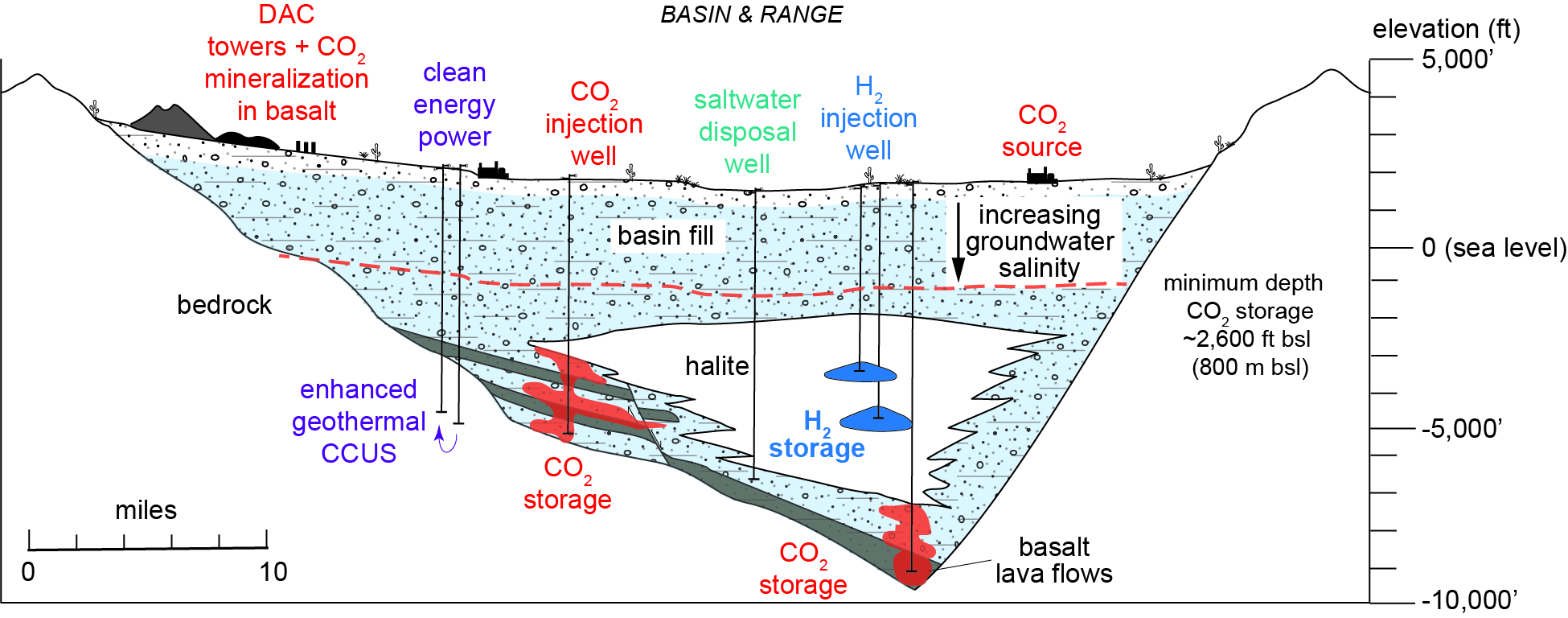AZGS geoscience on display at GSA-Connects 2022
Geoscience staff of the Arizona Geological Survey (AZGS) head off to Denver, CO, this week to address colleagues at the Geological Society of America’s CONNECTS 2022 annual conference.
Research topics of AZGS presentations range broadly from: addressing post-wildfire floods and debris flows in southwestern U.S.; a role for carbon sequestration in Cenozoic basins of Arizona Basin and Range Province; fluvial deposits in the lower Colorado River near Bouse, Arizona; and how rapidly the Colorado River may have developed around 5 million years ago. Authors, titles, and links to abstracts are listed below.

These diverse talks share one thing in common; they apply geoscience research to address issues impacting Arizona’s growing population. In 2000, the U.S. Census Bureau reported 5,130,632 residents in Arizona; in 2020 that number was 7,151,502, a 39% increase in population in just 20 years. Population increase puts more and more Arizonans in greater proximity to geologic hazards. For example, as communities expand into the forested highlands of the Mogollon Escarpment and southwestern Colorado Plateau, a larger number of people and vulnerable infrastructure are threatened by mega-wildfires and post-wildfire debris flows and flooding. The AZGS-UArizona research team, headed by Ann Youberg (AZGS) and Luke McGuire (UArizona), is modeling factors to determine which areas are most likely to be impacted by post-wildfire phenomenon.
Synergistic Activities. Ann Youberg is co-moderator of an all-day wildfire session on Tuesday, “Advances in the Science of Wildfire-Related Earth-Surface Processes I and II”. Ann is on the board of the Environmental and Engineering Geology Division (EEGD), which celebrates its 75th anniversary with a Pardee Session on Monday afternoon, “Looking to the Future of Environmental and Engineering Geology: EEGD 75th Anniversary”

Presentations
Beers, McGuire, Youberg, Gorr, Joyal, and Miller, 2002, Can we reduce the impacts of post-wildfire floods to protect downstream communities? Evaluating the effectiveness of a new mitigation strategy on the Museum Fire Floodplain, Flagstaff, Arizona. For abstract, Tues., 11 Oct 2022, 2:25 p.m.
Gootee, Pearthree, House, Crow and Bright, 2022, Lacustrine Off-Lap Sequence In Bouse Paleolake Blythe: A Proxy for Upstream Loco Basins and other Similar Closed-To-Open Basin Transitions. For abstract: Weds., 12 Oct 2022, 2:00 p.m.
Pearthree, Spencer, House, Crow, Gootee, How rapidly might the lower Colorado River have integrated to the Gulf of California? For abstract: Weds., 12 Oct 2022, 2:15 p.m.
Thompson, Gootee and Wilson, 2022, Perspectives on a Carbon Storage Ecosystem Built from Distributed CO2 Sequestration Resources in Arizona. For abstract: Tues., 11 Oct 2022, 9:25 a.m.
Youberg, McGuire, Gorr, Rengers, Hoch, Beers and Pearthree, 2022, Two Decades of Post-Fire Debris-Flow Research in Arizona and New Mexico: Lessons Learned Provide a Roadmap for Future Research. For abstract: Weds, 12 Oct, 9:00 am – 1:00 p.m. (Poster presentation)
Cover photo: NAU graduate student Max Miller assisting Rebecca Beers (AZGS) with data collection on flood mitigation structure below Museum Fire burn scar. Rebecca Beers photographer.




